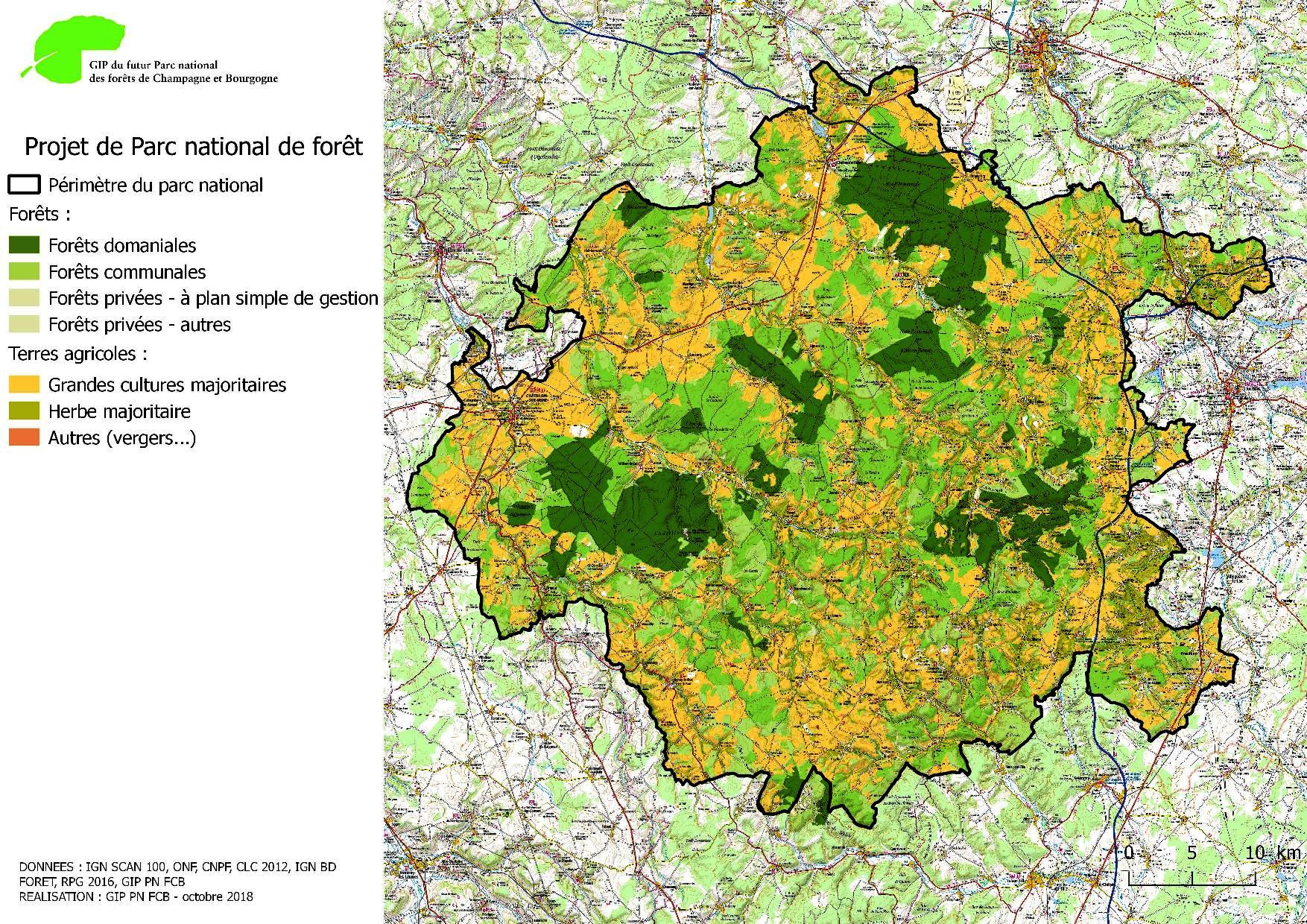Forêts national park
Forêts national park
Forêts National Park is a French park that was established on November 8, 2019.
This park falls within the territories of the Burgundy-Franche-Comté region and the Greater East region.
The Forêts National Park is located in the north-eastern part of metropolitan France, not far from Paris.
The idea for the establishment of this park was presented in 2009 and, for this purpose, numerous working groups and studies have been involved, for a period of 10 years. In order to identify the strengths and weaknesses for what we wanted to achieve so that it was a whole consistent with the characteristics of the area.
The Forêts National Park is the 11th National Park of France and is the second largest, behind only the Amazonian Park of French Guiana in South America.
The Forêts National Park has an area of 560 square kilometers and crosses the border between the departments of the Haute-Marne and the Gold Coast.
Flora –
Inside the park we find a deciduous forest very rich in biodiversity.
In the shade of the trees of the forest, there is a great diversity of shrubs representative of the limestone plateaus.
The undergrowth plants are also typical of limestone soils, but there is also a procession of more remarkable species, such as the spring Nivéole (a protected plant, among the first to bloom in the year), the martagon lily. and the spectacular Sabot de Vénus.
Less known but no less remarkable, there are many species of moss and lichen that occupy this territory. The richness of lung lichen has an important meaning because it is an ecological indicator of the continuity of the presence of the forest and good air quality.
Finally, for mushroom lovers this park is full of chanterelles, morels, porcini mushrooms and other Burgundy truffles.
In addition, the forests of the Forêts National Park are home to a very large number of other species that play an essential role in the proper functioning of these ecosystems, such as some fungi that play an important role in the growth of trees and the degradation of organic matter.
Fauna –
The Forêts National Park is home to all the traditional forest fauna procession. Foxes, badgers, martens, weasels, hedgehogs and bats are therefore present among many other mammals.
However, the forests that fall within the park are distinguished by a large number of ungulates (deer, wild boar, deer), the result of very ancient forest management linked to hunting. They also host a remarkable population of forest cats who love the large forest massifs associated with natural meadows that offer them peace, accommodation and food resources.
In the forest there are also a large number of bird species.
It includes the black stork, many birds of prey: in the foreground the owl of Tengmalm, a traditionally mountainous species whose territory of the national park is one of the few lowland locations in France. A very large special protection area of almost 60,000 hectares was also identified to improve their conservation within Natura 2000.
But most of the fauna of the park’s forests is hidden in the soil, in the leaves and in the woods, together with invertebrates. Insects that feed on wood (“saproxylic” beetles) are particularly abundant.
These forests are also home to remarkable species of butterflies, some of which are threatened with extinction in France.
The incredible diversity of invertebrates does not end with insects. In addition to the famous Burgundy snail, the snail family includes more than fifty species found in these forests, some of which are rare such as the Burgundy Cochlostome.
A special mention goes to the black stork, an emblematic but vulnerable bird.
After disappearing in the nineteenth century, the black stork has gradually returned to the perimeter of what would become the Forêts National Park, since the 1990s. Currently, 5 to 6 couples nest there, or over 20% of the French population.
It is the natural link between the large forest massifs (where it nests) and the rivers and valleys (where it feeds), thus witnessing the ecological value of the territory and perfectly illustrating the concept of ecological solidarity that will be at the center of the challenges in the future of the National Park of the Forêts.
In order to help improve knowledge about this bird, the administration of the Forêts National Park has combined a program to improve knowledge on the black stork.
It is coordinated by the ONF in the regions of Burgundy and Champagne-Ardenne. Black storks are monitored in order to follow their migrations via satellite but also to understand the lifestyles of the species during their breeding period.
Guido Bissanti


